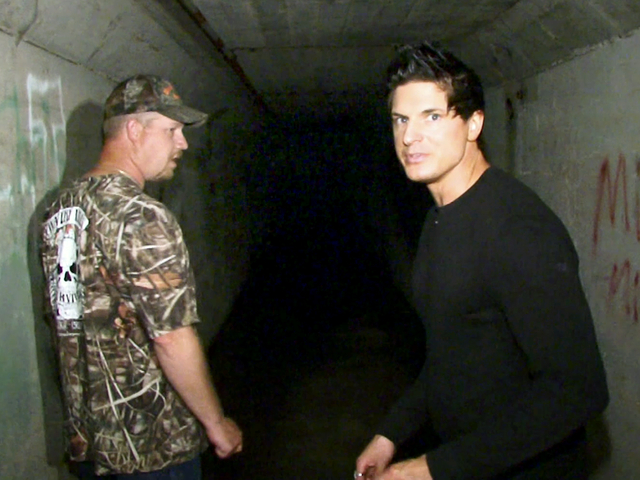
Apart from growing fruits and raising livestock for food, the sanatorium also housed its own post office and water treatment facility. The gothic-style sanatorium was said to be one of the most modern tuberculosis treatment center of its time, and can house as many as 400 tuberculosis patients.ĭue to the infectious nature of tuberculosis, Waverly Hills operated as a self-contained community.

On October 17, 1926, the sanatorium opened the massive five-story building that we now see today. Over the years, Waverly Hills Sanatorium expanded to serve the growing number of patients in Jefferson County.

Waverly Hills Sanatorium two-story building | Image credits: Kentucky Historic Institutions On July 26, 1910, the two-story Waverly Hills Sanatorium officially opened its doors and received its first batch of 40 tuberculosis patients. In an attempt to contain the outbreak, the Board of Tuberculosis Hospital decided to erect a hospital in the far-flung corners of the county for the admission and treatment of tuberculosis patients. In the early 19th century, Jefferson County was devastated by an outbreak of tuberculosis. The school and his home was later named Waverley School and Waverley Hills respectively, after Sir Walter Scott’s Waverley novels. After the construction of his family home, Major Hays decided to operate a one-room schoolhouse on the property for his daughters. The history of Waverly Hills Sanatorium dates back to 1883 when the land was purchased by Major Thomas H. During World War II, the tunnel was used as an air raid shelter for patients and staffs in the facility Metal gate at the end of the Body Chute Image credits: FugiMan Tripadvisor History of Waverly Hills Sanatorium The doctors believed that this will create the false image that the treatments are working, thereby increasing the morale of patients and their chances of recovery.Īpart from transporting dead bodies, the tunnel is also used to deliver supplies from the local community to the top of the hill where Waverly Hills Sanatorium is located. Also known as the “Body Chute” or “Death Tunnel, the tunnel is said to have transported tens of thousands of bodies over the course of the sanatorium’s history. To keep the dead away from public view, a 500 feet long concrete tunnel was constructed to wheel bodies of the dead discretely out of the sanatorium to the bottom of the hill. The Body Chute | Image credits: Waverly Hills Sanatorium Facebook page.

At the peak of the tuberculosis epidemic, it is said that two patients die everyday at the 400-bed facility. However, the treatment did not work well. Due to the lack of knowledge about tuberculosis, treatment of patients at Waverly Hills Sanatorium were mostly through the use of heat lamps, exposure to fresh air and sunlight, and positive reassurance by staffs of the facility.


 0 kommentar(er)
0 kommentar(er)
